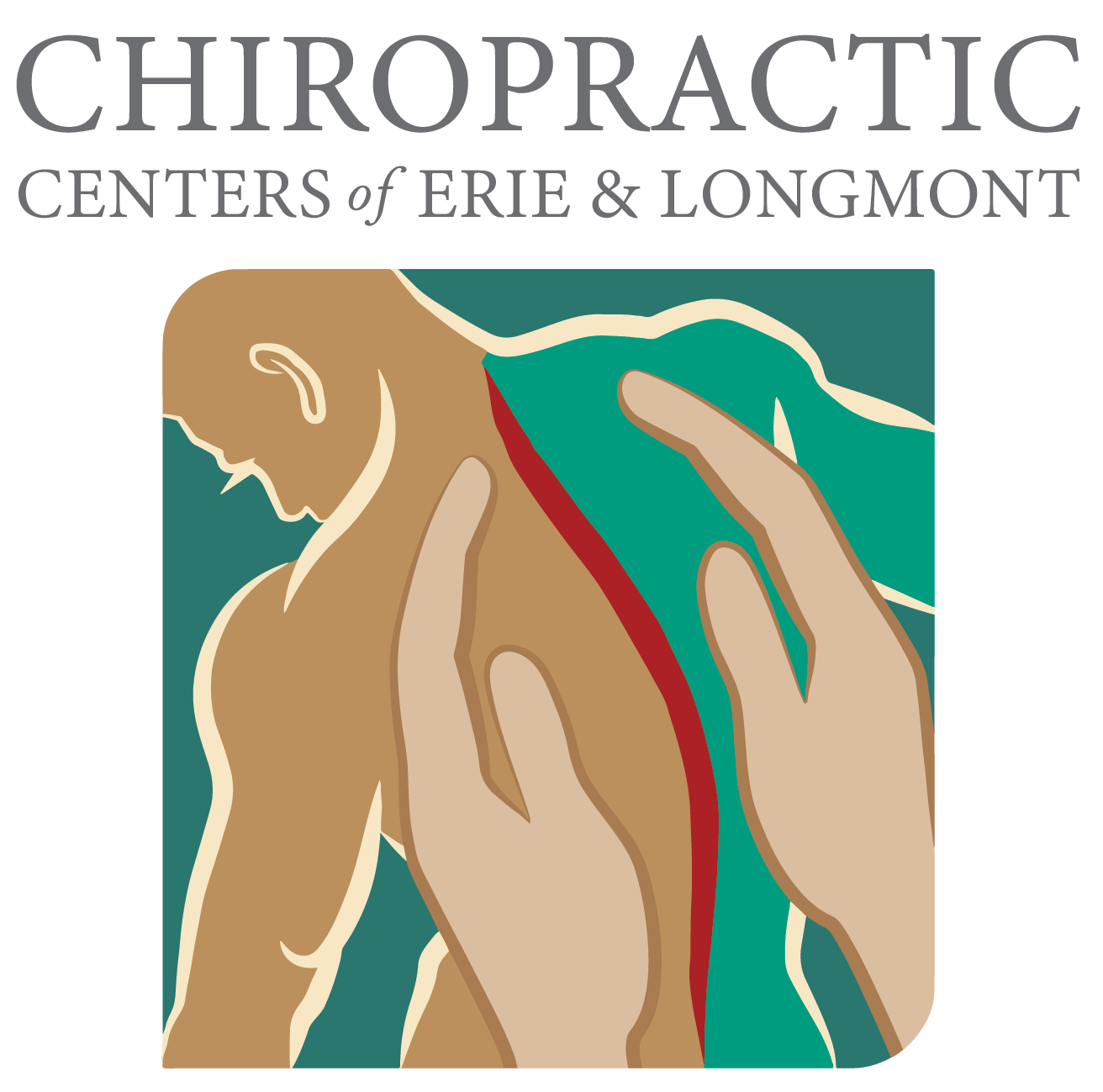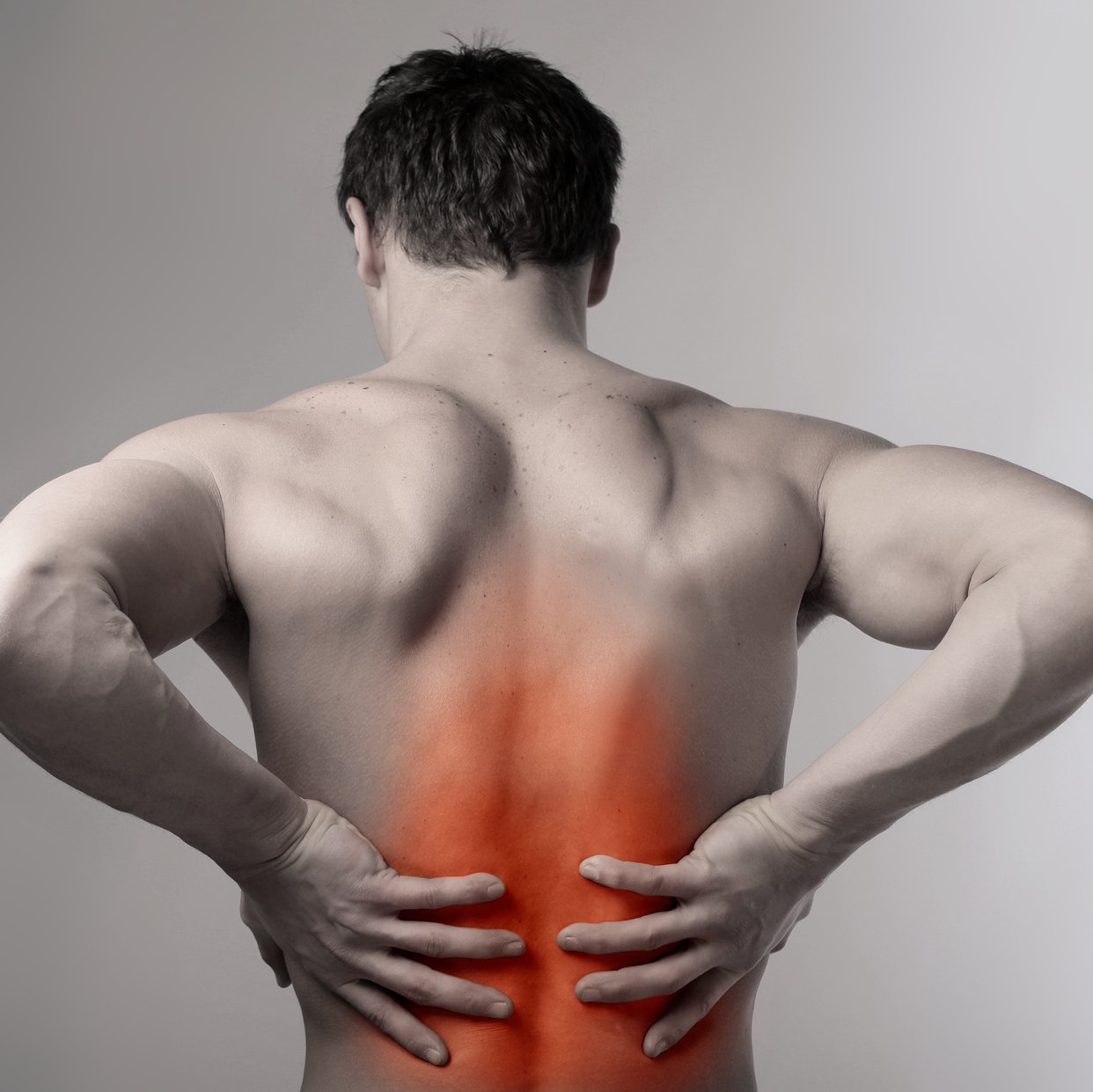Dry Needling- What to Look for in a Qualified Practitioner
As more people are exploring alternative treatments for pain relief, dry needling is taking center stage. This unique treatment method has proven effective in helping to reduce chronic muscle tensions and discomforts. However, the effectiveness of this therapy heavily relies on the expertise of the practitioner. In this blog post, we aim to guide you on the critical factors to consider when seeking a qualified dry-needling practitioner, ensuring the highest level of safety and efficacious results that can transform your life.
When searching for a skilled and reliable dry-needling practitioner, it is essential to look for someone with the appropriate education, certification, and experience in this field. Additionally, you may want to consider reading reviews from other patients and asking for referrals from trusted healthcare providers in your network. It is crucial that you feel comfortable with your practitioner and trust them to provide high-quality care tailored to meet your specific needs.
Essential Traits of Dry Needling Practitioners
When seeking a qualified practitioner for dry needling, there are certain essential traits you should look for. These qualities go beyond mere technical expertise and encompass the professional’s overall approach and demeanor.
First and foremost, a good dry-needling practitioner should demonstrate excellent communication skills. They should be able to listen attentively to your concerns, understand your specific condition, and explain the treatment process in a clear and concise manner. Effective communication helps establish a strong patient-practitioner relationship built on trust and understanding.
Additionally, empathy is an important trait that distinguishes exceptional practitioners. Dealing with musculoskeletal pain can be distressing, so having someone who shows genuine care and compassion can make all the difference. A compassionate practitioner will take the time to address your fears and anxieties, making you feel comfortable and supported throughout the treatment journey.
Another crucial trait is adaptability. Every patient is unique, and their conditions may vary greatly. A skilled practitioner should be flexible in their approach by tailoring treatment plans to suit individual needs. They should consider factors such as pain tolerance, medical history, lifestyle, and personal goals to ensure the best possible outcomes.
Moreover, a commitment to continued education and professional development is vital for dry-needling practitioners. The field of healthcare is constantly evolving. New research and techniques emerge regularly. A competent practitioner should stay up-to-date with the latest advancements through ongoing education, attending workshops or conferences, and engaging in peer discussions.
Lastly, a good practitioner should create a positive and safe environment for patients during treatment sessions. This includes maintaining proper hygiene practices and ensuring that sterile equipment is used at all times. Making patients feel comfortable, respected, and well cared for fosters trust in the practitioner’s abilities and promotes optimal healing.
Certification Importance
Certification holds immense significance when it comes to selecting a dry needling practitioner. It serves as an assurance that the practitioner has undergone appropriate training and possesses the necessary skills and knowledge to perform the technique safely and effectively.
Picture this scenario: You’re considering two practitioners for your dry needling treatment. One is certified by a recognized institution, while the other lacks any formal certification. Which one would you choose? The certified practitioner would likely inspire more confidence due to their validated expertise in the field.
A certified practitioner has completed comprehensive training specific to dry needling techniques. They have demonstrated competency through rigorous assessments and examinations. This certification process ensures that they are well-versed in relevant anatomy, understand trigger points, and employ proper needling techniques.
Selecting a certified practitioner also helps mitigate potential risks associated with the treatment. Dry needling involves penetrating the skin with fine needles, making it crucial to have a thorough understanding of human anatomy, needle insertion depths, and potential complications. Certification ensures that practitioners adhere to established safety protocols, reducing the chances of adverse events or complications during treatment.
Beyond patient safety, certification also provides reassurance of professional accountability. Certified practitioners are often subject to ethical standards and codes of conduct set forth by certifying bodies. These standards promote professionalism, integrity, and proper care delivery.
It’s important to note that each country may have different certification requirements. Be sure to research which certifications are recognized in your region or consult with healthcare professionals or regulatory bodies to verify a practitioner’s qualifications.
Having understood the importance of certification, it’s essential to consider other factors related to training and credentials.
The Necessity of Proper Training
When seeking a qualified practitioner for dry needling, it becomes crucial to understand the necessity of proper training. Dry needling is a technique that involves inserting thin needles into specific trigger points to alleviate pain and muscle tension. It is important to note that this practice should only be performed by healthcare professionals who have received appropriate training and education in dry needling techniques.
Proper training ensures that practitioners have a comprehensive understanding of human anatomy, including knowledge of muscles, nerves, and trigger points. They should also have a clear understanding of the indications and contraindications for dry needling, as well as the potential risks and complications associated with the procedure.
Furthermore, proper training also equips practitioners with the skills necessary to provide safe and effective treatments. This includes knowledge of proper needle insertion techniques, hygiene protocols, and infection control measures. In addition, trained practitioners understand how to assess and manage any adverse reactions or complications that may arise during or after the treatment.
Choosing a qualified practitioner who has undergone proper training not only ensures your safety but also increases the likelihood of achieving positive outcomes from your dry-needling sessions. By prioritizing their education and training, these practitioners demonstrate their commitment to providing quality care and staying up-to-date with the latest advancements in the field.
Now that we understand why proper training is essential in a qualified practitioner, let’s explore the critical skills that these practitioners should possess.
Critical Skills for Practitioners
When selecting a practitioner chiropractor for dry needling, certain critical skills can indicate their expertise and proficiency in performing this technique. These skills go beyond simply knowing how to insert needles; they encompass a holistic approach to patient care and effective treatment outcomes.
First and foremost, a qualified practitioner should possess exceptional palpation skills. This skill allows them to identify trigger points and assess the underlying muscular tension accurately. By adeptly palpating muscles and surrounding tissues, they can locate the precise areas where dry needling may be effective in relieving pain and restoring function.
In addition to palpation skills, a qualified practitioner should also demonstrate excellent knowledge of anatomy. They should understand the structures and functions of various muscles, nerves, and connective tissues in the body. This knowledge enables them to target specific areas effectively during treatment, reducing the risk of complications and improving outcomes.
Moreover, strong communication skills are essential for practitioners offering dry-needling services. They should actively listen to patients’ concerns, understand their symptoms, and explain the treatment process clearly. Open and honest communication allows practitioners to address any questions or anxieties that patients may have and establish trust throughout the therapeutic relationship.
By possessing these critical skills – palpation expertise, anatomical knowledge, and effective communication – qualified practitioners can deliver safe, targeted, and patient-centered dry-needling treatments.
Required Knowledge Base
When seeking a qualified practitioner for dry needling, it is crucial to consider their knowledge base. A skilled and knowledgeable practitioner will have a deep understanding of human anatomy, physiology, and neurology. They should possess comprehensive knowledge of trigger points, myofascial pain syndrome (MPS), and musculoskeletal disorders (MSK).
Additionally, a qualified practitioner should be well-versed in the principles and techniques of dry needling. They should have received extensive training and education in this specific modality, including an understanding of different needling approaches and precautions to ensure patient safety.
Moreover, it is important to consider the theoretical background of the practitioner. A solid foundation in evidence-based practice will ensure that they stay up to date with advancements in the field and can integrate new findings into their treatment approach.
Credentials and certifications also play a significant role. Look for practitioners who have completed formal education programs or certifications specifically focused on dry needling. These programs typically require practitioners to demonstrate their competence through both written examinations and practical assessments.
Lastly, experience is invaluable when it comes to choosing a qualified practitioner for dry needling. Look for professionals who have a proven track record of successfully using dry-needling techniques for MPS or MSK conditions. Experience not only enhances their technical skills but also allows them to develop clinical judgment and fine-tune their treatment strategies.
By considering the knowledge base of a potential practitioner, you are ensuring that they possess the necessary expertise required to provide safe and effective dry needling therapy.
Initial Patient Evaluation Process
A crucial aspect of any healthcare professional’s practice is the initial patient evaluation process. This step is equally important when it comes to selecting a qualified practitioner for dry needling.
During the evaluation process, a skilled practitioner will conduct a thorough assessment of the patient’s medical history, presenting symptoms, previous treatments, and any relevant diagnostic imaging or test results. This detailed evaluation helps the practitioner understand the patient’s specific concerns, identify any contraindications or precautions, and tailor the treatment plan accordingly.
The evaluation process should also include a physical examination to assess the patient’s musculoskeletal system and identify any areas of dysfunction or trigger points. This may involve assessing a range of motion, strength, and flexibility, and performing palpation to locate trigger points or areas of tenderness.
Furthermore, during this evaluation phase, a qualified practitioner will take into account the patient’s individual goals and expectations for treatment. They will listen attentively to the patient’s concerns and address any questions or uncertainties that may arise. This open and honest communication is essential for developing trust between the patient and practitioner and ensuring that treatment is tailored to meet the patient’s needs.
Based on the information gathered during the initial evaluation, a skilled practitioner will then develop an individualized treatment plan that outlines the objectives, expected outcomes, and proposed frequency of dry needling sessions. This plan will take into consideration factors such as the severity of symptoms, overall health status, and any additional therapies or interventions necessary to complement dry needling.
By prioritizing a thorough initial evaluation process, you can rest assured that your chosen practitioner has a complete understanding of your condition and can provide targeted dry-needling treatment specific to your needs.
Condition Assessment Technique
Before undergoing dry needling treatment, it is crucial for a qualified practitioner to perform a comprehensive assessment of your condition. This assessment technique allows the practitioner to gather important information about your medical history, current symptoms, and any underlying conditions that may impact the effectiveness or safety of the treatment. The goal is to gain a holistic understanding of your musculoskeletal health and tailor the dry-needling approach accordingly.
A thorough condition assessment typically involves conducting a detailed interview to understand your pain experience, previous treatments, and goals for seeking dry needling therapy. The practitioner may also perform physical examinations to assess your range of motion, and muscle strength, and identify any areas of tenderness or trigger points. These assessments help determine whether dry needling is an appropriate treatment option for you and guide the practitioner in developing an individualized treatment plan.
The condition assessment technique serves as a foundation for effective dry-needling treatment. It enables the practitioner to target specific trigger points or myofascial restrictions contributing to your pain or dysfunction. By gaining a comprehensive understanding of your condition, they can design an individualized treatment plan that addresses your unique needs.
Now that we understand the importance of the condition assessment technique, let’s discuss the considerations you should keep in mind when choosing a therapist for dry needling treatment.
Considerations Before Choosing a Chiropractor
When it comes to selecting a chiropractor for dry needling, several factors should be taken into account to ensure a safe and effective treatment experience. Here are some essential considerations:
1. Expertise and Training:
Examine the chiropractor’s qualifications, certifications, and experience in dry needling. Ideally, they should have completed specialized training or certification programs that demonstrate their proficiency in this technique. Ask about their ongoing professional development efforts to ensure they stay updated with the latest advancements in the field.
2. Safety Measures:
Inquire about the safety protocols followed by the chiropractor during dry needling sessions. This includes practicing proper sterilization techniques, using disposable needles, and maintaining a clean treatment environment to minimize the risk of infections or complications.
3. Communication and Listening Skills:
A good chiropractor should actively listen to your concerns, discuss treatment options with you, and address any questions you may have before proceeding with dry needling. Effective communication ensures a collaborative and patient-centered approach throughout the treatment process.
4. Understanding of Your Condition:
The chiropractor should have a thorough understanding of your specific condition and its underlying causes. This will enable them to develop a personalized treatment plan that targets your unique needs and goals.
Some individuals may prefer chiropractors who specialize solely in dry needling, while others may prefer practitioners who integrate it with other manual chiropractic techniques like adjustment or massage. It ultimately depends on your preferences and the specific expertise required for your condition.
5. Patient Reviews and Recommendations:
Take the time to read patient reviews or seek recommendations from trusted sources such as friends, family, or healthcare professionals who may have had experience with dry needling treatments. Their experiences can provide valuable insights into the chiropractor’s skills, professionalism, and effectiveness.
Choosing a qualified practitioner is crucial for a positive outcome with dry needling therapy. By considering these factors, you can make an informed decision that aligns with your treatment goals and ensures a safe and effective experience.
Contact a Chiropractor Today!
If you’re interested in Dry Needling or seeing a chiropractor or getting a chiropractic adjustment, visit us at one of our offices in Erie or Longmont. The Chiropractic Center of Erie and Chiropractic Center of Longmont treat the body holistically with our award-winning treatment process which can include Dry Needling when requested. We have been voted “Best of the West” eleven times and we aim to help your body achieve and maintain optimal performance.
We specialize in treating patients suffering from spinal pain and many other maladies and have helped several patients find relief without the need for surgery. If you’d like to learn more about chiropractic care in Longmont or Erie or have questions about what to expect during your first chiropractor visit in Erie or Longmont, call our offices today at 303-828-3000 or 303-772-1950!







